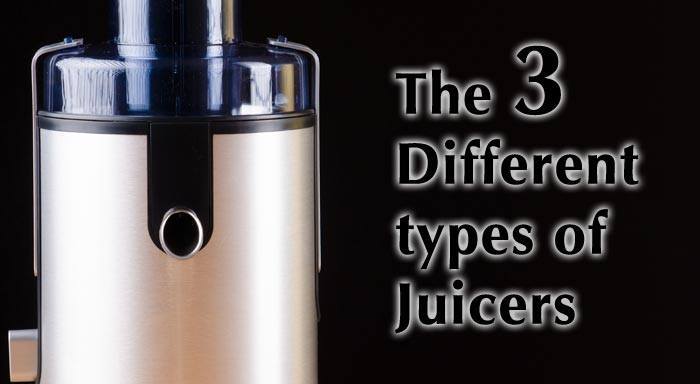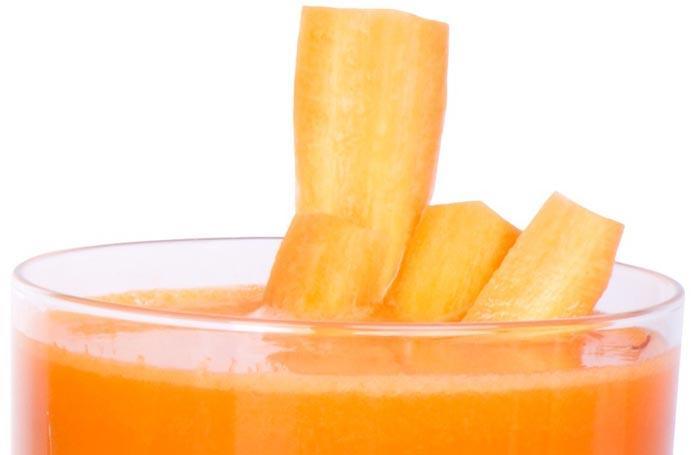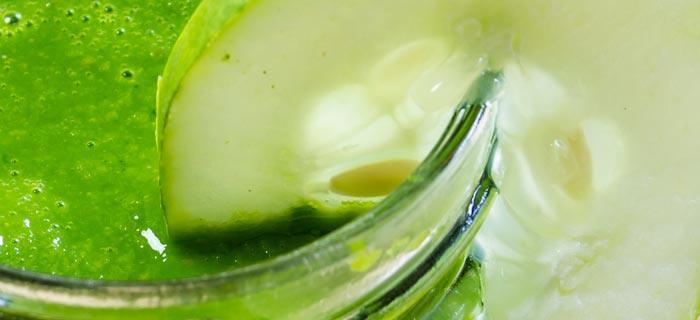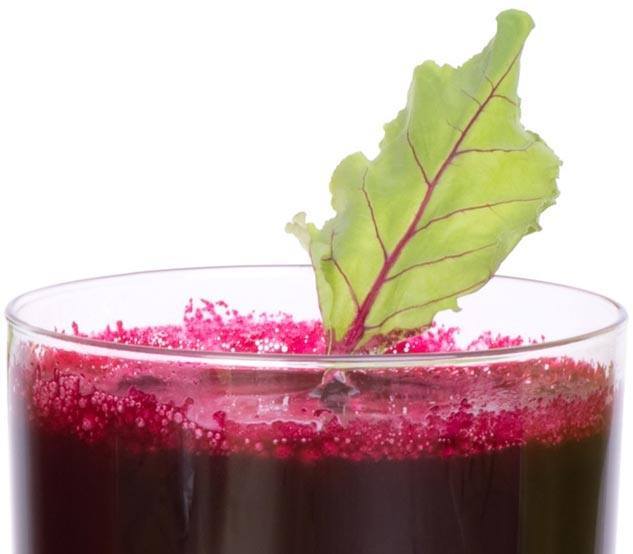Last Updated on January 10, 2017 by Marc Seward

Different types of Juicer
Juicing is becoming increasingly popular and more and more people are getting their recommended daily dose of vegetables and fruit in liquid form. Detox juice diets have never been more popular. If you do decide to give it a go but are new to the whole idea of juicing and need to buy yourself a machine, the different types available not to mention the huge range of models and prices can be a bit daunting.
Of course, you may not want to go on a full juicing diet, perhaps you just want the best machine for your morning glass of orange juice. Your personal needs will dictate the type of machine that you need to buy. This article will try to simplify the matter as best as possible so you can choose the juicer you need for your purposes.

1. Centrifugal Juicers
How they work
Centrifugal juicers are probably the most commonly used type of juicer and the ones that most people will be familiar with.
They work by chopping up the fruit or vegetables with a cutting blade and then spinning the content at a rapid speed.The produce becomes attached to the walls of the straining basket and the juice gets wrung through the small holes of the basket while the pulp is left behind. They operate in much the same way a washing machine extracts water from wet clothing.
Advantages
- Though it is not always the case, centrifugal juicers are generally cheaper and obviously price is a massive consideration for most people.
- Centrifugal juicers are faster than the other types of juicer in this article. Clearly if you in a hurry then this type of juicer can get your fruit into the glass more quickly.
- Another advantage is that centrifugal juicers are able to deal with larger pieces of fruit and vegetable than the other types of juicer. This can make for easier and quicker preparation time.
Disadvantages
- A centrifugal juicer’s only ability is to make juice. The other juicers in this article have other functions.
- When it comes to the finished product, centrifugal juicers are not as efficient as the masticating or triturating juicers. They generally produce less juice and the pulp left behind is wetter. This is an important consideration because while you may be saving money on the machine itself, it is possible that you will lose value on your fruit and vegetables in the longer term.
- If you want to make juices with leafy green vegetables, centrifugal juicers are not that effective. They have more difficulty in juicing leafy greens but it is not an insurmountable problem. Rolling your green veggies into a tight ball will give the centrifugal juicer a hand to juice them.
- Sound may or may not be an important factor for you but if it is then it is worth noting that centrifugal juicers are typically louder than the other types.
- The heat generated by centrifugal juicers during the juicing process can force air into your juice and cause oxidation. So be aware that you may end up losing many of the healthy nutrients and minerals that you are expecting from your juice.

2. Masticating Juicers
How they work
Masticating juicers operate at a lower speed than centrifugal juicers but they also generate significantly less heat which reduces the risk of oxidation. People typically call these “slow” juicers” These juicers use an auger or single gear to chew and chomp up your fruit and vegetable produce.
The produce is ground down and the juice gets separated from its pulp by being crushed against a screen. The juice itself and the leftover pulp content exits the juicer via separate exit points which you collect in your container of choice. Juices made with “slow” masticating juicers also last longer than when made via a centrifugal juicer.
Advantages
- Masticating type juicers produce a better quality end product. They do not generate anywhere near as much heat as centrifugal juicers and the risk of losing the goodness contained in your produce through oxidation is greatly reduced. If you opt for a masticating juicer, your juice will retain all the essential nutrients, minerals and antioxidant benefits that you expect from those fruit and veggies.
- Masticating juicers are able to effectively extract the juice from just about any fruit or vegetable that you throw at them. They deal far better with leafy green vegetables than centrifugal juicers and can even handle wheatgrass without difficulty.
- They produce juice more efficiently; the amount of juice that a masticating juicer extracts from the raw produce is greater than that typically extracted by a centrifugal machine. The leftover pulp will generally be drier meaning that all the juice possible has been squeezed from your fruit or vegetables.
- Unlike centrifugal juicers, masticating type juicers have a number of functions besides making juice. You can use a masticating juicer to make baby food, frozen desserts or pasta. They come with additional attachments and can basically perform most of the functions of a food processor so you can use it to chop up your vegetables, make a salsa and even grind your coffee beans.
Disadvantages
- They are more expensive as a rule than centrifugal juicers. On the other hand they are more efficient and will save you from the wastage that you may get from a centrifugal juicer. The fact that you can use them for food processing purposes is also a big consideration if you were thinking about buying a food processor separately.
- Preparing your produce for juicing is a little more time consuming than it is with a centrifugal juicer. The chute into which you feed your produce is smaller and it operates at a far lower rpm than centrifugal juicers which means you have to cut your fruit and veggies up into smaller pieces first. Having said that, most people think that the little extra time it takes to prepare your juice is worth it when you consider the quality and quantity of the end product.

3. Triturating juicers
How they work
Triturating juicers are also “slow juicers. They operate similarly to a masticating juicer but they use two gears instead of one. The fruit and vegetables are slowly ground and crushed between the gears and efficiently separate the juice from its pulp very efficiently.
Tritrating juicers typically leave you with more nutritious content and extracting the greatest amount of liquid. Juices also tend to last the longest with some companies having studies to back their claims. Triturating juicers are considered to be the best of the three main juicer types and the ones that serious juicers typically prefer.
Advantages
- They produce the best quality of juice with the most nutritional value because they operate at a low speed and utilize two gears instead of one.
- They produce more juice per item of produce than the two previously discussed types of juicer.
- They can juice most anything you throw into them including your leafy greens and wheatgrass.
- Triturating juicers can be used for a variety of purposes other than juicing. They can basically perform all of those functions that a masticating juicer can do that were discussed previously in the article.
Disadvantages
- They are expensive compared to the other types of juicer but the reason for that is simple; they produce the best quality juice.
- They are slower than centrifugal juicers and require more preparation time similar to the masticating juicer.
- They are not quite as easy to use as a centrifugal juicer and some force might be necessary to twist the produce into the twisting gears.
- Clean up can take longer but this can vary by model.
All three juicers have their pros and cons but if money is not your biggest concern, you are serious about a juicing regime and you are after the best quality juice, then a triturating juicer is generally recommended.
The best balance of price and performance is probably a single auger masticating juicer. You will get a high quality juice and the unit is relatively easy to clean.
If you have access to a centrifugal juicer for free or cheap—by all means use it to start out and make sure you can stick to a juicing commitment before you purchase a better, more expensive unit.
Healthy Focus Recommends the Omega VRT Masticating Juicer. It’s a Jack of all trades, easy to use and does not take up the entire counter-top. It’s what we personally use. If you want to see even more reasons why then check out the Video at the end of the article.
If the Omega VRT is what you want but it seems too expensive..
There is another option. Buy it refurbished and save between $125-150!
A certified refurbished one even includes a 7-year warranty! Make sure to check the seller is selling Omega Refurbished and verify warranty info.

Leave a Reply
You must be logged in to post a comment.